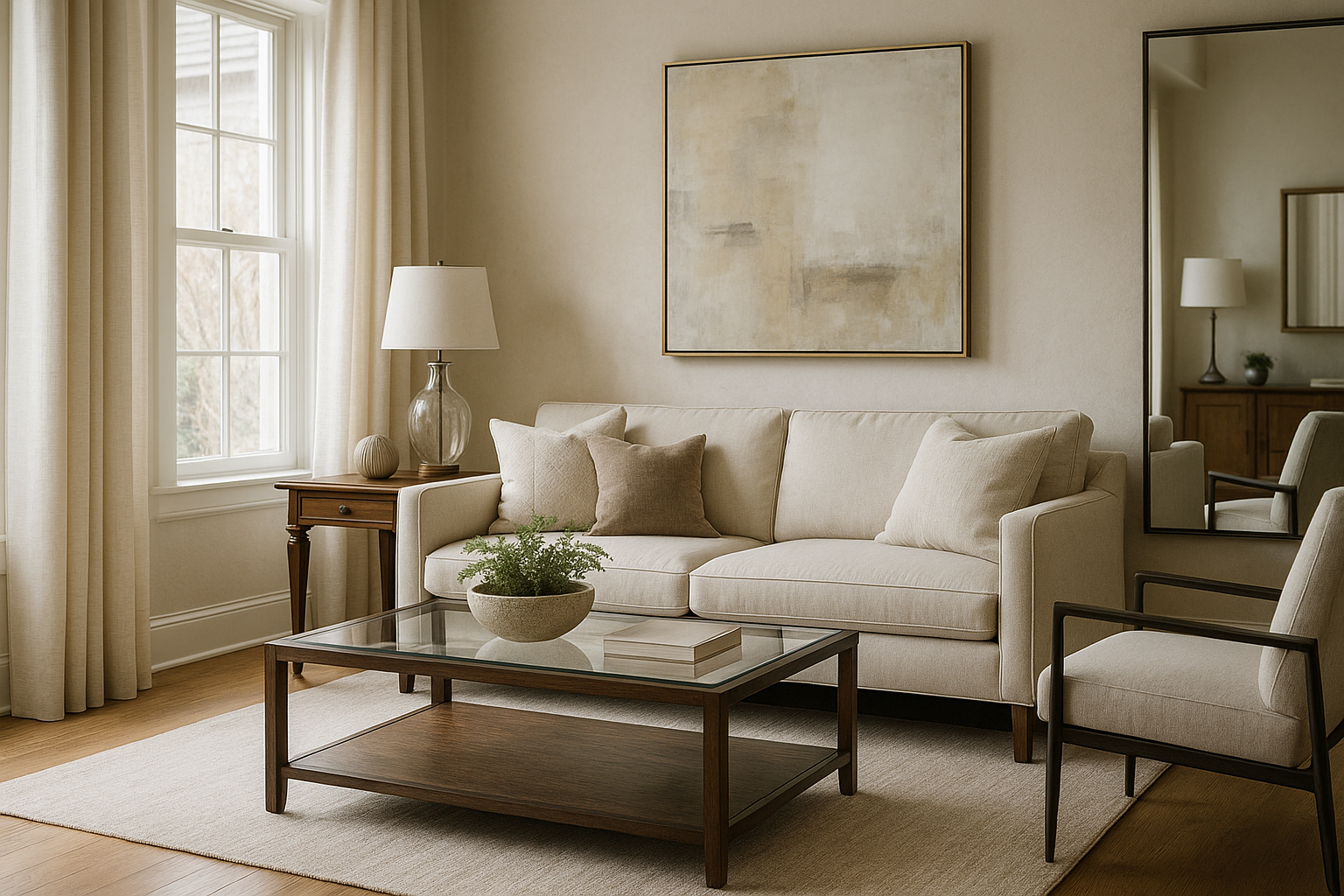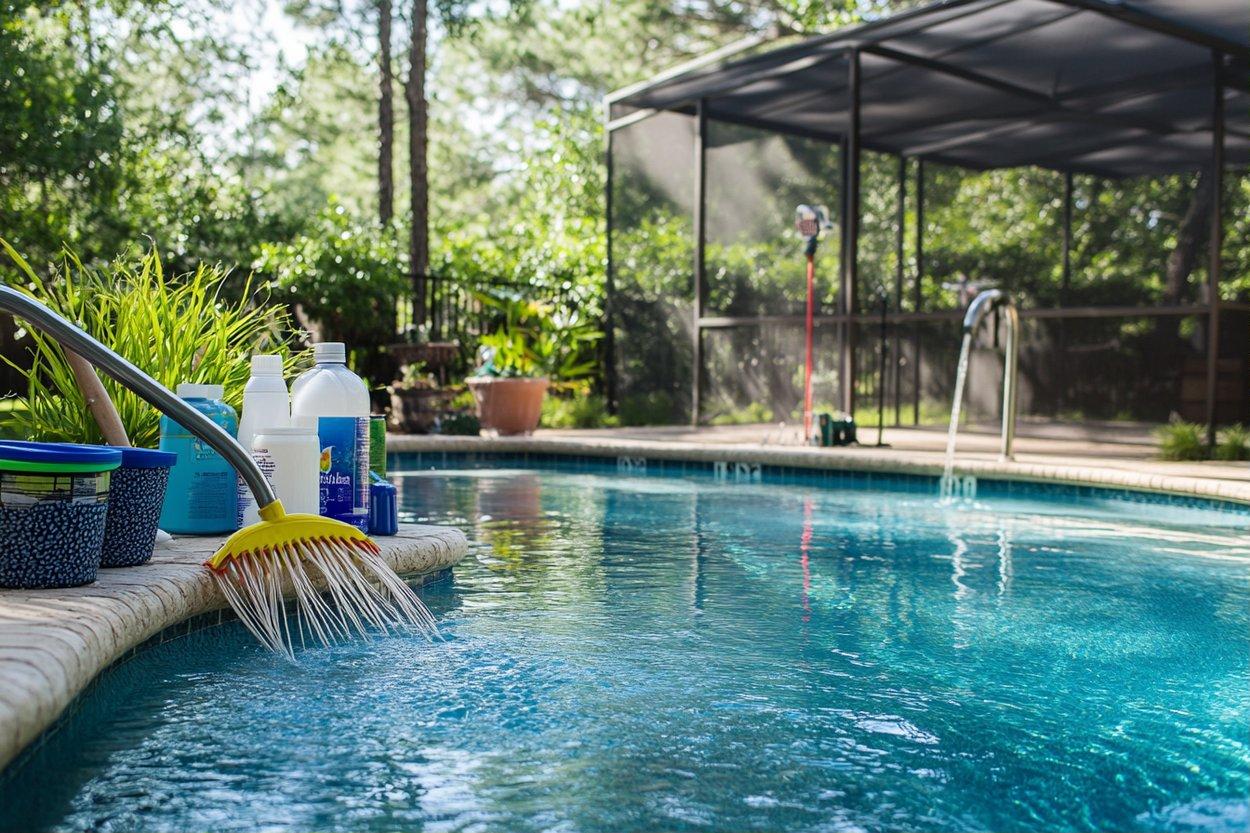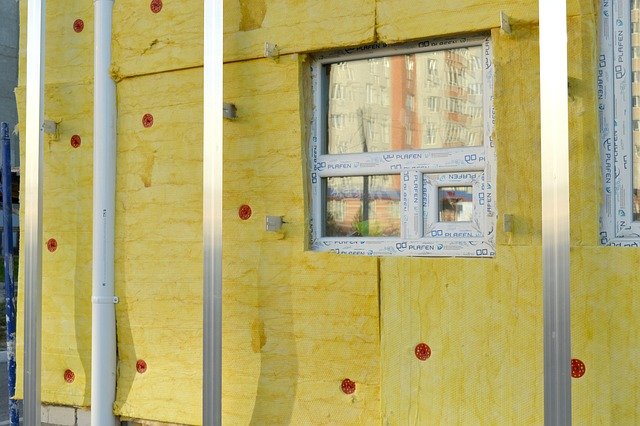The Versatile Elegance of Transitional Design: A Harmonious Blend of Traditional and Modern Styles
Transitional design is the artistic blend of classic and contemporary elements, creating a timeless aesthetic that is both sophisticated and functional. This design style, often overlooked and under-discussed, has been subtly making waves in the interior design industry. Let's explore the intriguing journey of transitional design, its current status in home aesthetics, and why it is such a practical choice for many homeowners.

Discovering the Charm of Transitional Design
Transitional design was born out of a desire to reconcile the classic charm of traditional design with the sleek minimalism of contemporary styles. It emerged in the late 20th century when designers and homeowners began experimenting with a mixed design approach. The goal was to create a balance between the warm, inviting nature of traditional styles and the clean, streamlined look of modern designs. This resulted in a harmonious blend that is now known as transitional design.
Current Trends and Expert Views
Today, transitional design is gaining momentum, with an increasing number of homeowners opting for this versatile style. Design experts attribute its popularity to its flexibility and timeless appeal. It offers a middle ground for those who appreciate both traditional and modern aesthetics but do not want to commit fully to either. Transitional design also allows for personalization, where individuals can inject their unique tastes into the design without disrupting its overall harmony.
Practicality and Market Trends
Beyond aesthetics, the practicality of transitional design is a significant factor in its growing popularity. It allows homeowners to update their living spaces progressively, without the need for a complete overhaul. This style is also highly adaptable, allowing it to fit seamlessly into different architectural styles and settings. This adaptability is reflected in market trends, with a rise in sales of transitional furniture and decor pieces. Moreover, transitional design’s focus on comfort and functionality makes it a perfect choice for enhancing daily living.
The Art of Creating a Transitional Space
Creating a transitional space involves blending design elements from different eras and styles. It’s about finding harmony in contrasts—combining curved, ornate traditional elements with the clean lines of modern design. The color palette typically sticks to neutrals, providing a calm backdrop for the mixed elements to shine. The use of textures and materials also plays a critical role, with a balanced mix of wood, glass, metal, and fabric adding depth and interest to the space.
The Future of Transitional Design
As we move towards a future that values personal expression and flexibility in design, transitional style is set to continue its rise. It offers a canvas for creativity, allowing individuals to create a space that reflects their unique personality and lifestyle. More than just a design trend, transitional design represents a shift towards more fluid and inclusive design principles. It is a testament to the evolving nature of home aesthetics and a forward-thinking approach to interior design.
In conclusion, transitional design offers a unique blend of traditional and modern elements, creating a versatile and timeless aesthetic. Its rise in popularity is a testament to its practicality, adaptability, and ability to create a harmonious and personalized living space. As we continue to value individual expression and versatility in our homes, transitional design is set to play an increasingly important role in shaping our living spaces.




